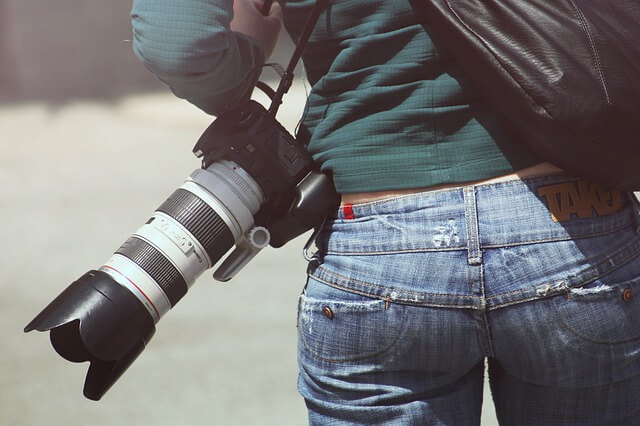
Point. Snap. Capture. That’s basically how taking a picture goes. Whether you just bought your camera or you’ve dipped your toes in the world of photography, learning and acquiring professional skills takes time. As you grow through the different levels of photography, you’ll want to follow these tips and you’ll be shooting like a pro before you know it.
Lighting is Everything
Light is your best friend when it comes to capturing every shot. You either use it to your advantage, or avoid it when necessary. For example, high contrast photos show the different rages between strong blacks and whites, with little grays hues in the shot.
Natural lighting is a great factor to utilize when taking pictures. To start out, place the subject of your shot in direct natural lighting and try to point the camera facing in the same direction of the lighting pointing at your subject. You’ll have a naturally highlighted photo, even before edits.
Another tip when it comes to lighting is to practice shooting during the golden hour. Give or take, it’s known as the first and last hour of natural daylight. Guaranteed, some of the best photos you will ever take are captured during this “hour”.
Get Comfortable with Different Settings
You’ll have to learn photography phrases like “depth of field” (DoF) and “shutter speed”. Two common photography skills to utilize in every shot. The DoF is how close or how far the background of your photo is.
For a shallow DoF you can blur the background for a more dramatic focus on your subject. To do this, you’ll want your camera in Aperture mode (A or AV in camera settings) so you can control the DoF to get the blurred background.
Shooting in manual will give you more control over the quality of your photos. The best way to control the ISO, shutter speed, aperture and other camera settings is simply to get out there and practice.
Use a Tripod
Amerature hands and sometimes even experienced hands need something to keep the camera steady. This is where tripods come in. Unsteady hands will only lower the quality of the photos you take. When you’re starting out, a tripod will help you gain better control of the photos. Of course you don’t always need a tripod but it’s highly suggested.
The best times to have a tripod are if you’re taking close up images, sunset/night images, moving/action images or trying to frame an image. A tripod will help you slow down to focus on each shot, especially if the camera or lense get heavy. It’s best to keep your camera on the tripod when learning the ins and outs of photography.
Photography is great because it allows for creative freedom. You get to decide what kind of photo you want to capture. You can play with settings to get different pictures yet of the same subject. Although you may feel like an amerature now, you’ll feel like a professional once you practice and learn key settings of your camera.